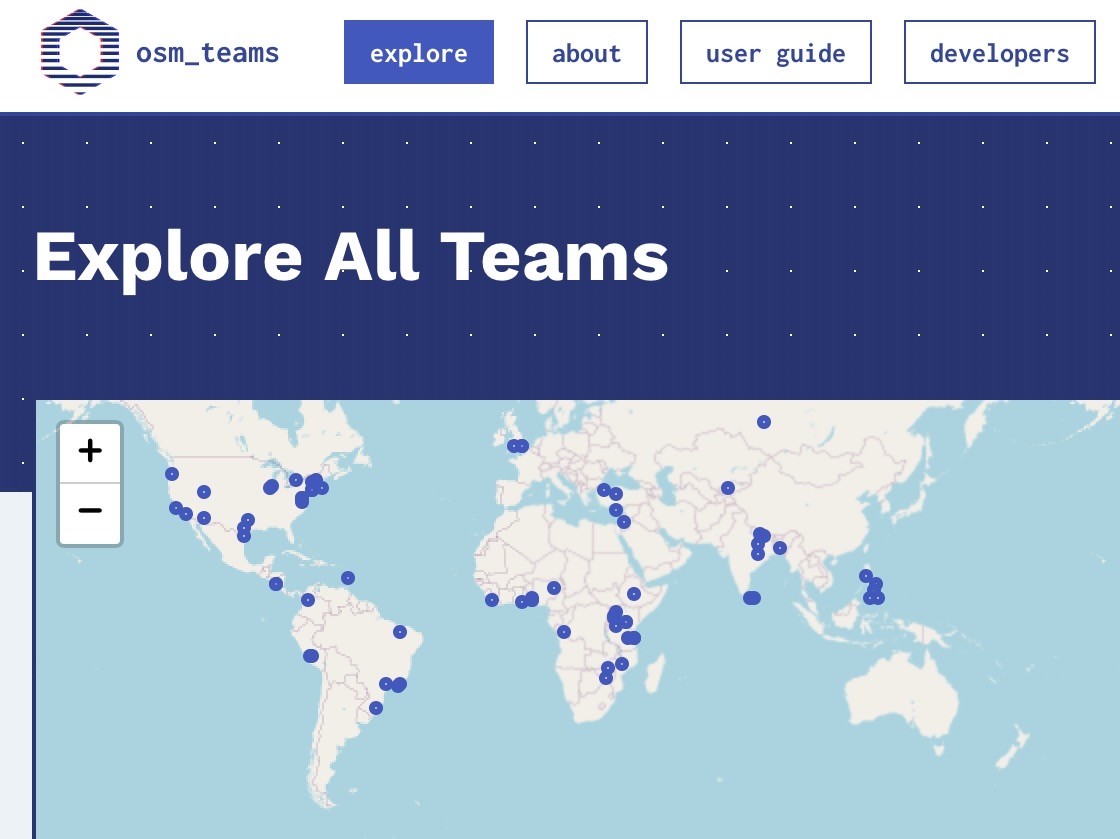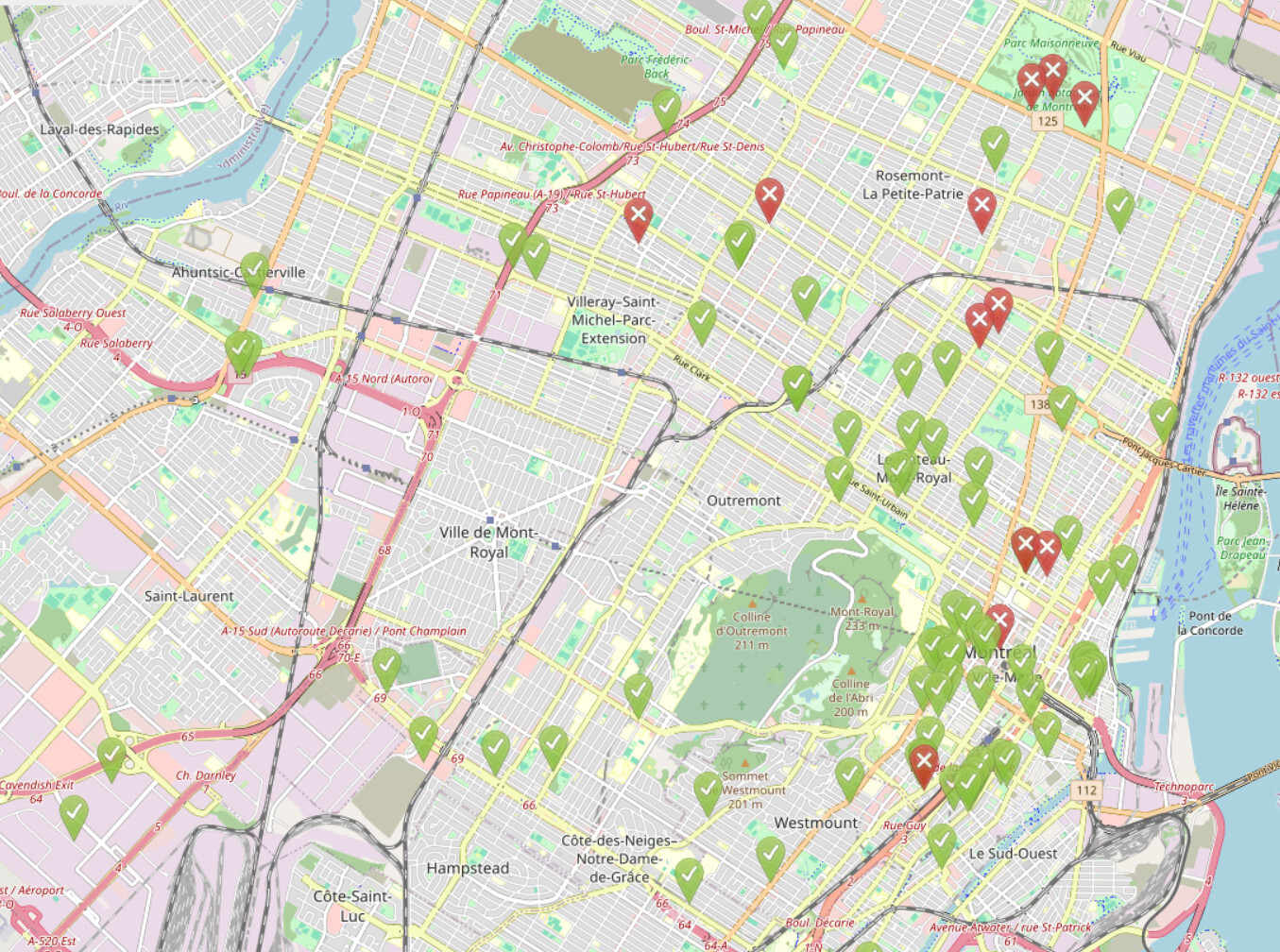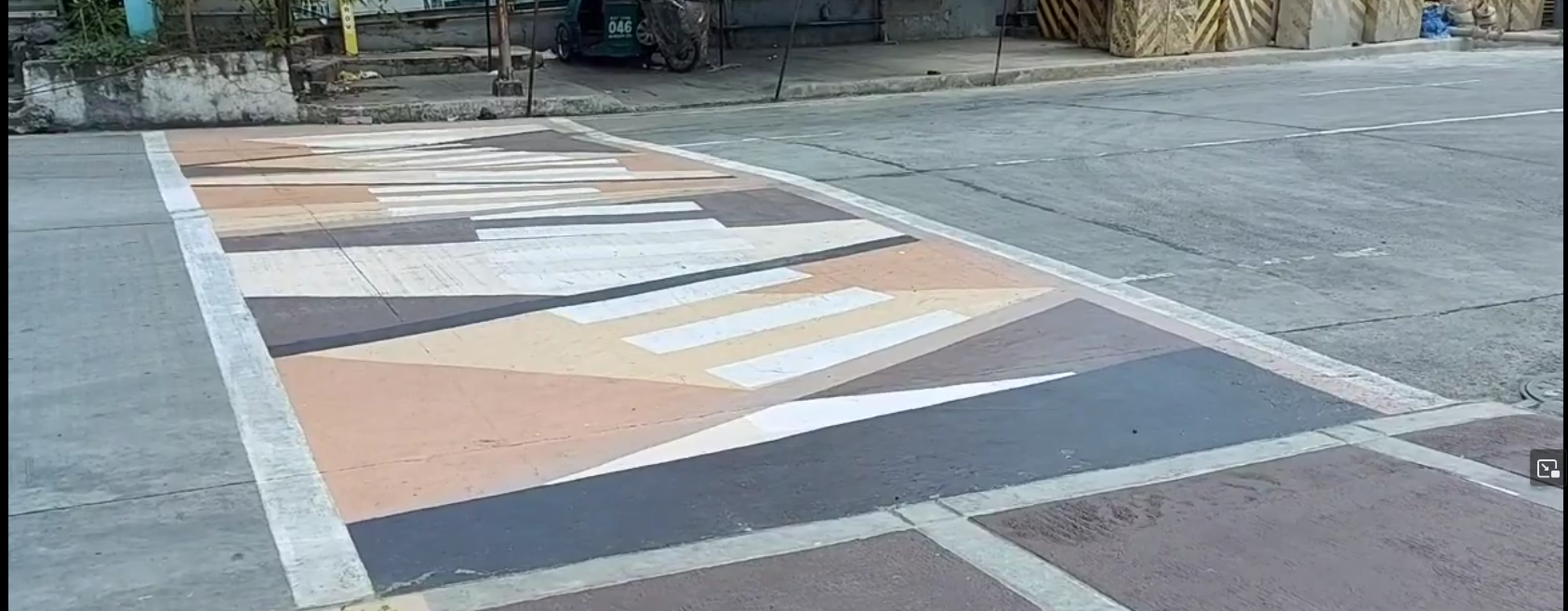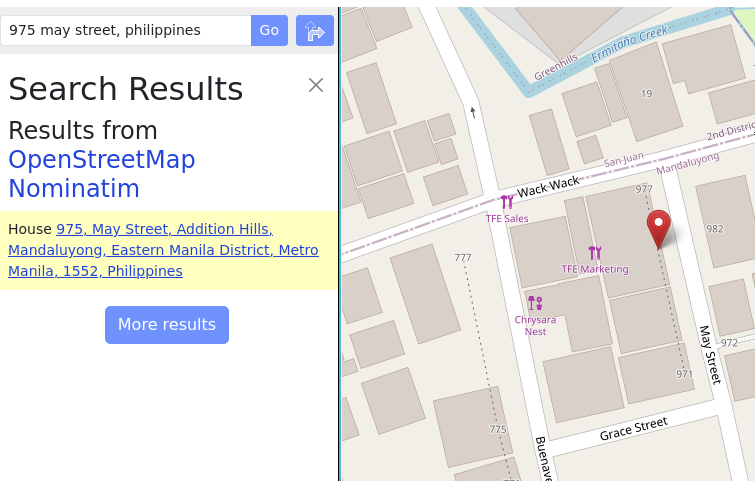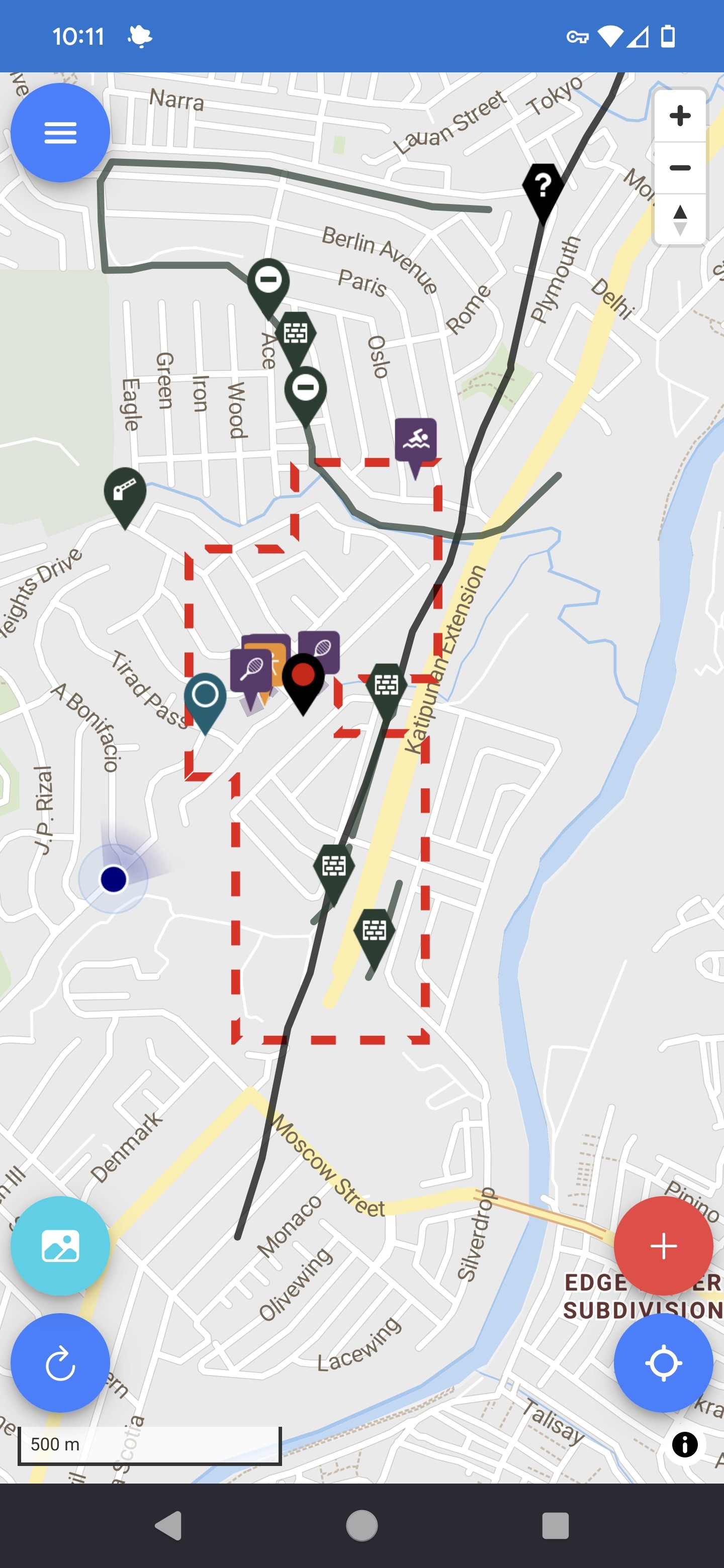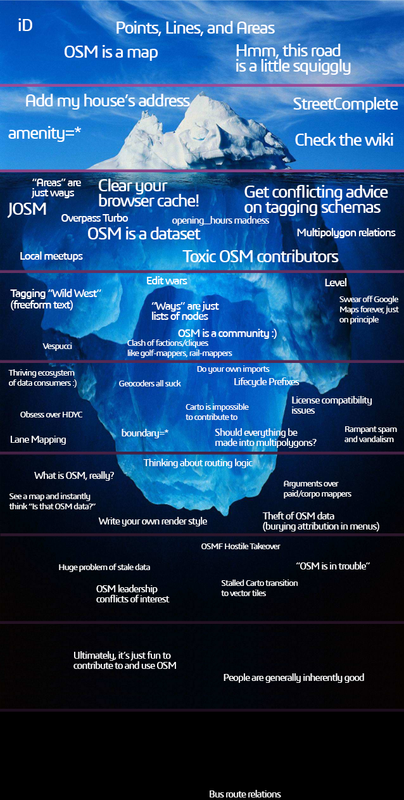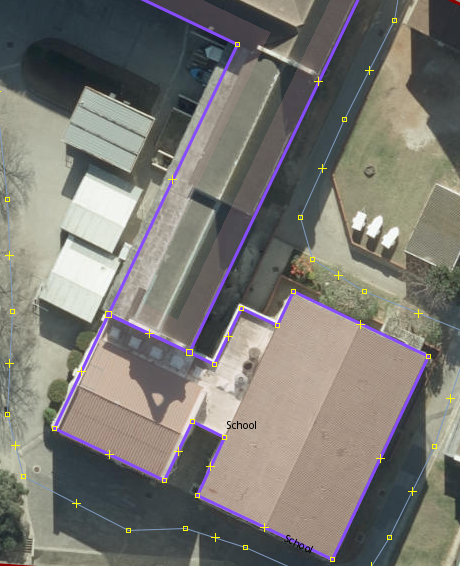Here is their pull request (with plenty of users negative comments)
They even got anti-feature from F-Droid because of this
If short, developers don’t listen to users opinions and just close all (or nearly all) issues with negative comments about this.
Not to overflood topic I will post links to closed issues in “code” box. This is the list where users are really unhappy about this idea:
https://github.com/organicmaps/organicmaps/issues/7119
https://github.com/organicmaps/organicmaps/issues/6707
https://github.com/organicmaps/organicmaps/issues/6773
https://github.com/organicmaps/organicmaps/issues/6668
https://github.com/organicmaps/organicmaps/issues/6967
https://github.com/organicmaps/organicmaps/issues/6774
https://github.com/organicmaps/organicmaps/pull/6720
https://github.com/organicmaps/organicmaps/issues/6774
From kayak privacy policy (kayak[dot]de/privacy (not clickable not to make you accidentally leak your information to them)):
What they STEAL:
- Personal details (such as your name, age, birthday, gender)
- Contact information (such as email address, address, phone number)
- Booking information (such as, for each traveler, the traveler's name, frequent flyer details, passport number, redress control number, country of citizenship, booking reference number, and itinerary, which may include name of airline or carrier, hotel accommodation and/or vessel, port of destination, port of arrival, date and time of departure and/or check-in, date and time of arrival and/or check-out, meal preferences, luggage information, and layover information)
- Account information (such as login credentials, including email address and password, and account settings)
- Social media data (if you choose to link your KAYAK account with a social media account, KAYAK may collect personal information such as name, age, gender, photograph, and other personal information relating to your social media account)
- Billing information (such as credit, debit, or other payment card information and billing address)
- Your contacts (such as contact information of people you add to, or notify of, your reservations or itineraries through our Services)
- Your preferences (such as your home airport, seating preferences, meal preferences, communication preferences, and other preference information you provide us)
- Reviews you submit (including any screenname you publish under or any personal information you include about yourself or others in such review)
- Content you publish (including your travel recommendations and any personal information you include about yourself or others, or in content you publish in your Guide or other mediums provided by us)
- Photos of you (such as when you add a photo of yourself to your profile, upload photos to a review, or link your social media account to your KAYAK account)
- Communications you send us (such as questions, conversations, complaints, or other information that you may submit to our support team)
- Promotion information (if you choose to participate in a contest, sweepstakes, or similar campaign, we will collect any information you provide in relation to such activity, such as photos, images, captions, or other content, in accordance with the terms provided at that time)
- Other information you may provide (including other information you provide about yourself or others through our Services or to which you provide us with access via third-party platforms)
What they can do with this:
- Send you marketing communications, including communicating with you about services or products offered by KAYAK, our group companies, or our business partners…
- Provide services and information to travel partners, such as providing user feedback and usage details
- Provide you more relevant advertising on and off our Services
- Comply with our policies, procedures and legal obligations, including complying with law enforcement or government authority requests
- As otherwise consented to by you and as required or permitted by applicable law
The most important thing is that, that developers argue with F-Droid community, their own community, and closing everything that related this idea.

